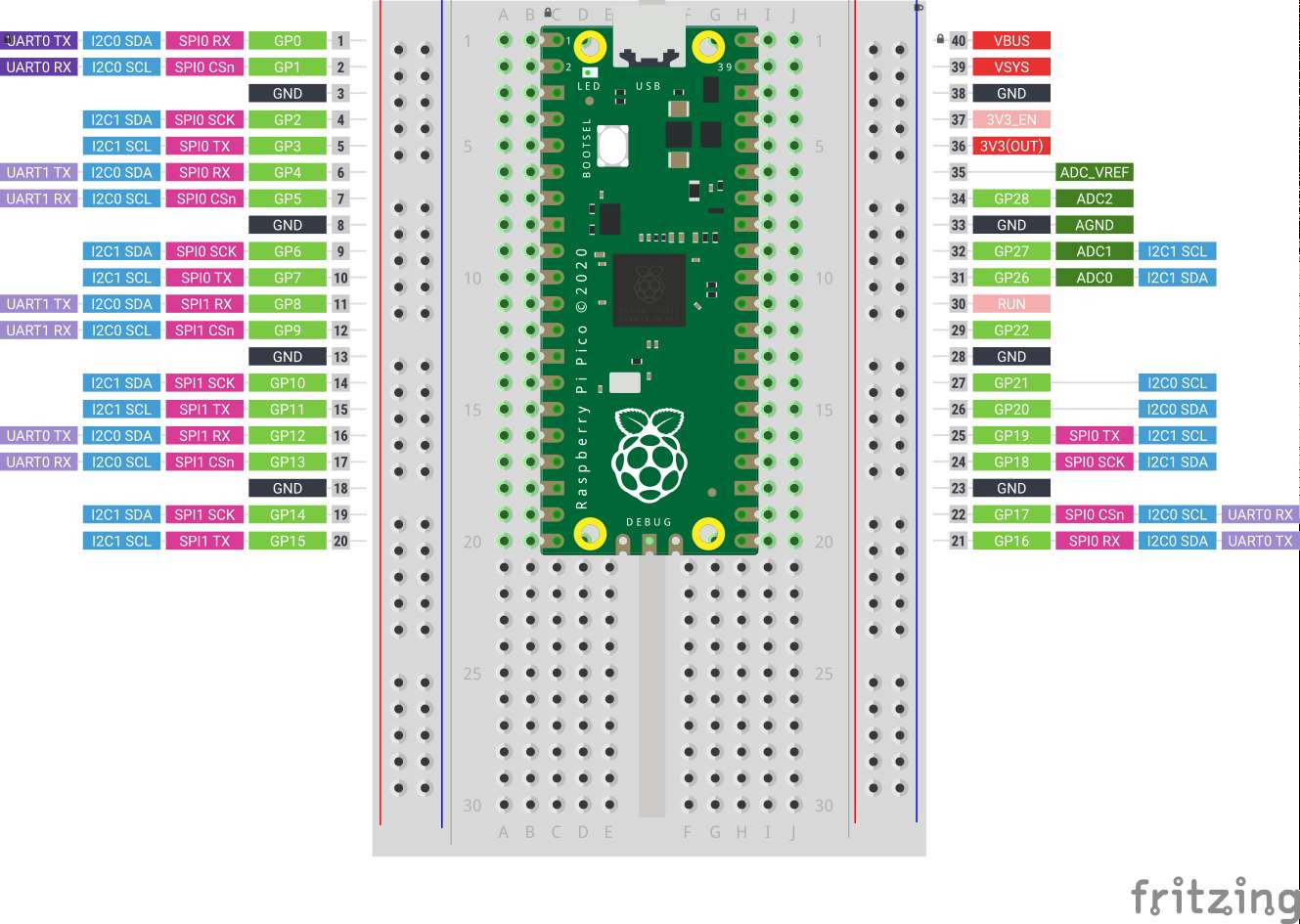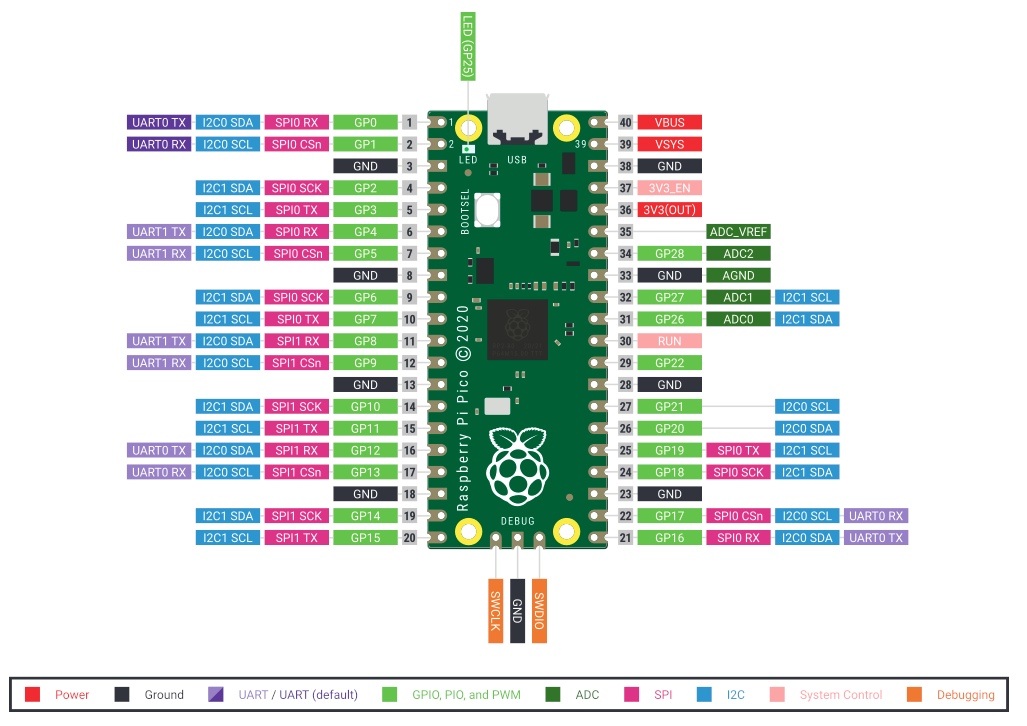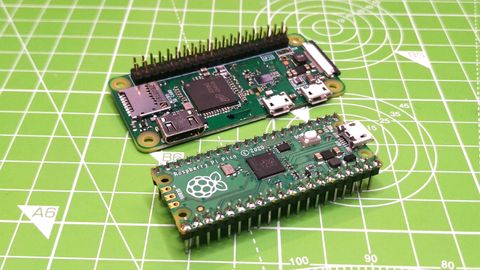

Using Raspberry Pi Pico as an SWD debuggers requires Picoprobe – the official open-source firmware implementing the SWD functionality. We will show how to setup the wiring, configure OpenOCD and build the involved firmware from scratch if you would like to modify it. The Neo6502 project aims to bring all of this into a board that will cost around $25 to $30.This tutorial shows how to use the Raspberry Pi Pico board as an SWD probe that can debug other targets. The new is the RP2040, which will emulate the RAM, programmable clock, video, USB host, storage and SID player. The old is the MOS 6502 CPU, a popular CPU in the early days of 20th century home computer era. The Neo6502 is an attempt to merge the old and new into one package. This project is an attempt to see "is it possible to build a modern peripheral 6502 computer that is with the lowest possible cost," according to Olimex founder Tsvetan Usunov. The reason for the extra GPIO is for another Olimex project, the Neo6502.


USB C also provides a power source that can provide up to 3A, and a SY8089A DC to DC voltage regulator will ensure that there is 3.3V at 3A. I prefer this over micro USB as it feels more robust, and I do not have to worry about correctly guessing the orientation. A welcome addition to RP2040-PICO30 is a USB C connector for data and power. The RP2040-PICO30 removes four GND connections in order to squeeze a few more GPIO pins into the pinout, while retaining general compatibility.

The pinout for the Raspberry Pi Pico has 40 pins in total, with the remaining 10 used for multiple GND connections, 3.3V, 5V and ADC voltage reference. Four pins are reserved for controlling the power supply (GPIO23), USB detection (GPIO24), status LED (GPIO25) and monitoring the power supply (GPIO29). The standard pinout for the Raspberry Pi Pico and Raspberry Pi Pico W has 26 GPIO pins, which can be controlled by the user.


 0 kommentar(er)
0 kommentar(er)
